
Google Sidebar Ads Are Gone: What this Means for Your Internet Marketing Campaigns
Google has recently confirmed that it’s rolling out the removal of sidebar ads from the right side of its desktop/tablet search results. This comes as absolutely no surprise to longtime industry observers, because the new layout has been in testing for a while.
From Google’s perspective, it makes sense as a move to protect the company’s core business — the ad revenue it generates from paid search.
After all, one of Google’s stated goals is putting user experience at the forefront of its development efforts. And the increasing number of ad blockers and generally declining public opinion of ads has all but necessitated the change to make ads feel less invasive.
What does this mean for your Internet marketing campaigns? Read on to find out.
A Change In the Available PPC Real Estate
First and foremost, the removal of right-side ads represents an important change in available real estate in Google’s search results pages (SERPs). Whereas Google previously offered up to 10 spots for advertising, that number is now being dropped to a maximum of seven.
Top paid spots will be limited to three, and in certain instances, four spots. Ads at the bottom of SERPs will continue to be limited to three. This change is rolling out to ALL searches in all languages worldwide. Significantly, prime real estate at the right of organic results will not go empty, as PLAs (Product Listing Ads) and Knowledge Panel will take this place.
This is what Google’s SERPS look like now:
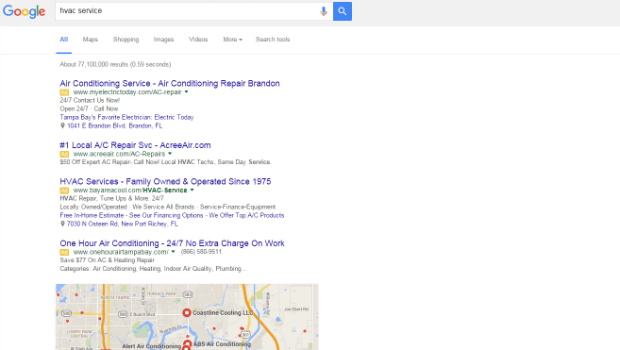
This is a sample of the Knowledge Panel. See the Frank Lloyd Wright section on the right:
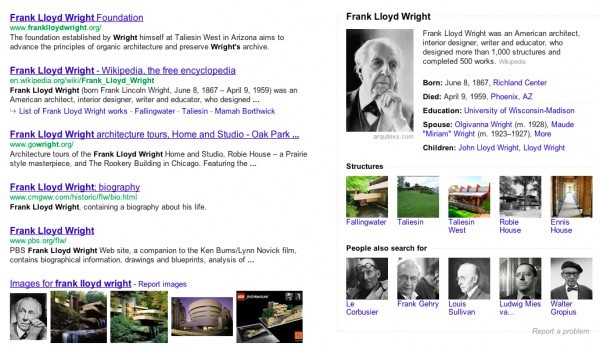
This is a sample of what Google Shopping campaigns (also known as “product listing ads” or “PLAs”) will look like now. It’s important to note that these will appear more frequently:
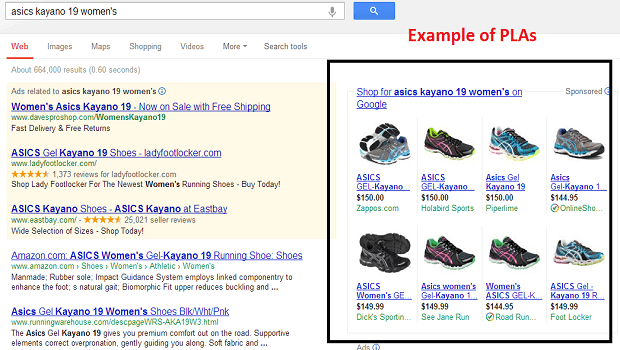
Why Did Google Remove Sidebar Ads?
So what motivated this update? Our sources at Google had this to say: “The reason we made those changes is because we’ve been testing this layout for a long time, so some people might see it on a very small number of commercial queries. We’ll continue to make tweaks, but this is designed for highly commercial queries where the layout is able to provide more relevant results for people searching and better performance for advertisers. The goal was to provide more accurate results and we will continue to make changes.”
The sources were hesitant to declare anything in relation to the impact these changes may have in costs and performance to advertisers. Google makes its money from advertising, though, so it’s certain that results of its testing didn’t yield lower returns for the company.
How Might this Affect Our Campaigns?
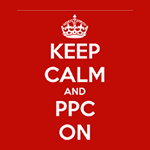 According to the aforementioned inside sources, these changes are bound to increase click through rates (CTRs) for those ads featured on top in lieu of the absence of paid ads on the right and above the fold. But this benefit probably won’t come without a price, as a natural rise in cost per click (CPC) is bound to happen.
According to the aforementioned inside sources, these changes are bound to increase click through rates (CTRs) for those ads featured on top in lieu of the absence of paid ads on the right and above the fold. But this benefit probably won’t come without a price, as a natural rise in cost per click (CPC) is bound to happen.
With real estate being more limited, an inevitable scramble of advertisers willing to pay more to capture those coveted three or four spots will occur with the appreciation of CPCs as its most immediate result.
Without a doubt, this update is a game-changer, but it’s not the PPC-pocalypse by any stretch of the imagination. If nothing else, this change just underscores the importance of having an experienced performance marketing specialist in your corner, fighting the good fight and ensuring your campaigns are properly optimized. Fortunately, you can rest assured that the LeadBuilder® team will continue to monitor and adjust campaigns in real time according to industry changes.
 Hansel Merchor manages the LeadBuilder® performance marketing team. He’s widely experienced on overall performance marketing, regional, local and international lead generation, branding, media planning and media buying, retargeting, attribution models, social media as well as e-commerce on nationwide and international SEM campaigns.
Hansel Merchor manages the LeadBuilder® performance marketing team. He’s widely experienced on overall performance marketing, regional, local and international lead generation, branding, media planning and media buying, retargeting, attribution models, social media as well as e-commerce on nationwide and international SEM campaigns.
You May Also Like

Mediagistic Announces Strategic Partnership with EGIA to Deliver Enhanced Marketing Solutions for Home Services Contractors
November 10, 2025Tampa, FL – Mediagistic, a full-service marketing and advertising agency specializing in contractors and service-based businesses, today announced a strategic partnership with… Continue Reading Mediagistic Announces Strategic Partnership with EGIA to Deliver Enhanced Marketing Solutions for Home Services Contractors…
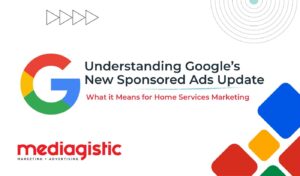
Understanding Google’s Sponsored Results Update: What it Means for Home Services Marketing
October 20, 2025Google is once again reshaping how paid ads appear in search results, and this change (called the Google Sponsored Results Update) could… Continue Reading Understanding Google’s Sponsored Results Update: What it Means for Home Services Marketing…

Are OTT Ads Served on TV Superior to CTV Ads on Mobile Devices?
September 23, 2025As streaming continues to dominate the media landscape, advertisers face a critical question: where should their OTT ad dollars go, connected TV… Continue Reading Are OTT Ads Served on TV Superior to CTV Ads on Mobile Devices?…